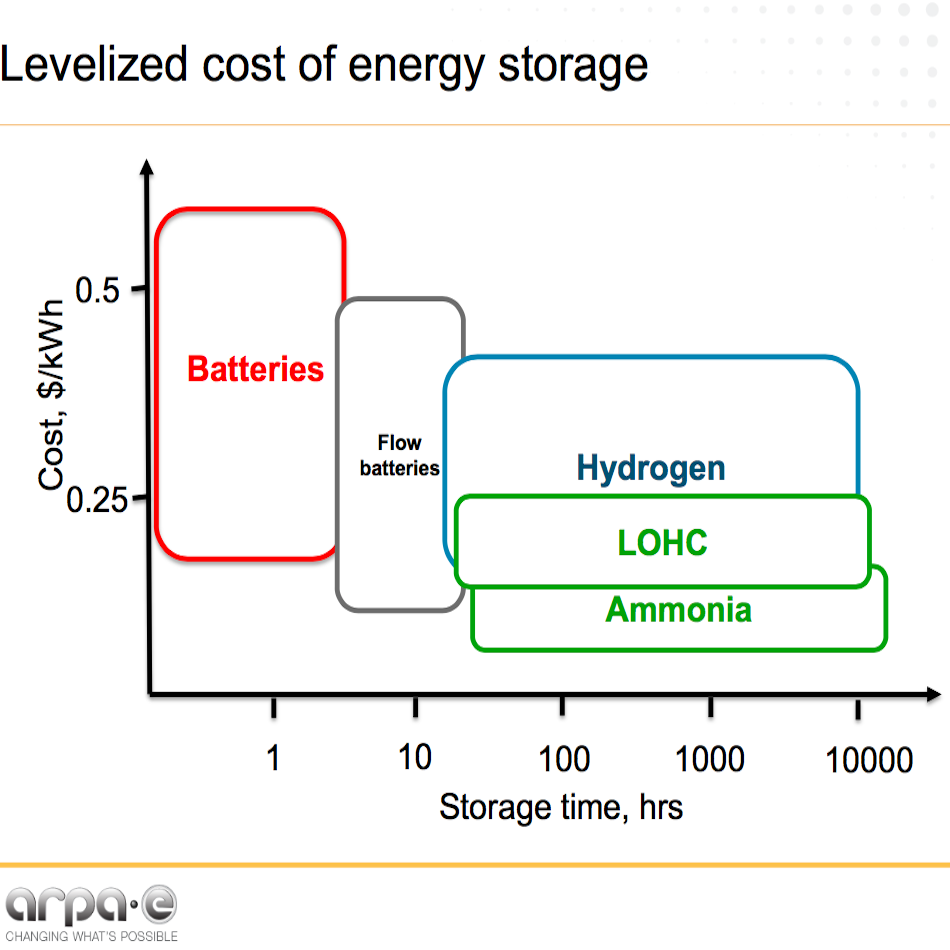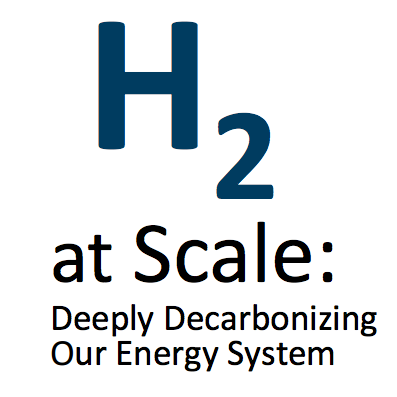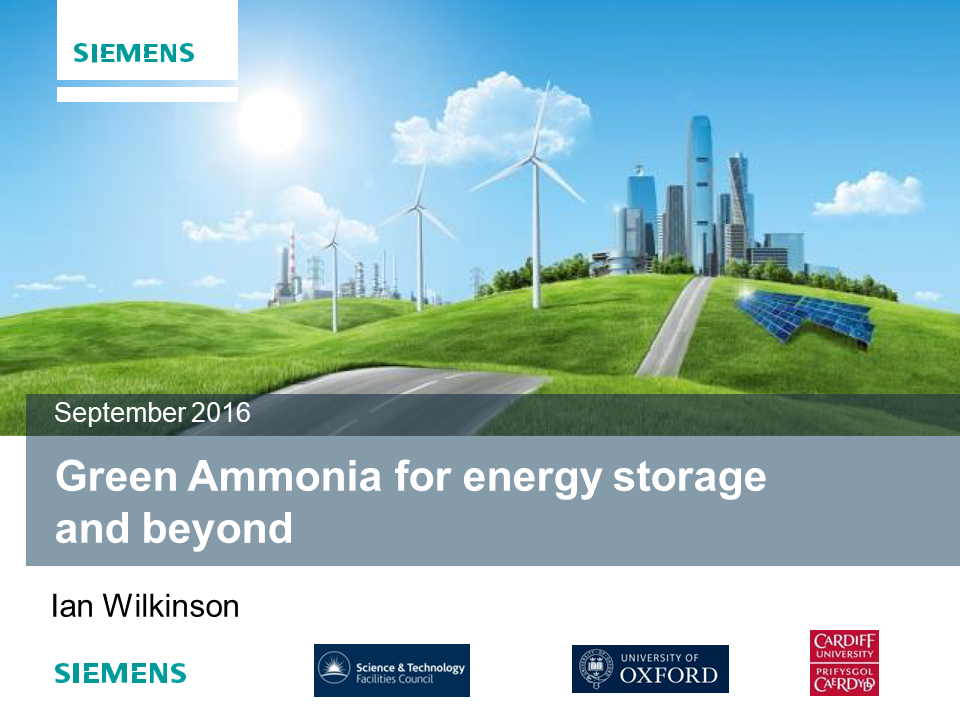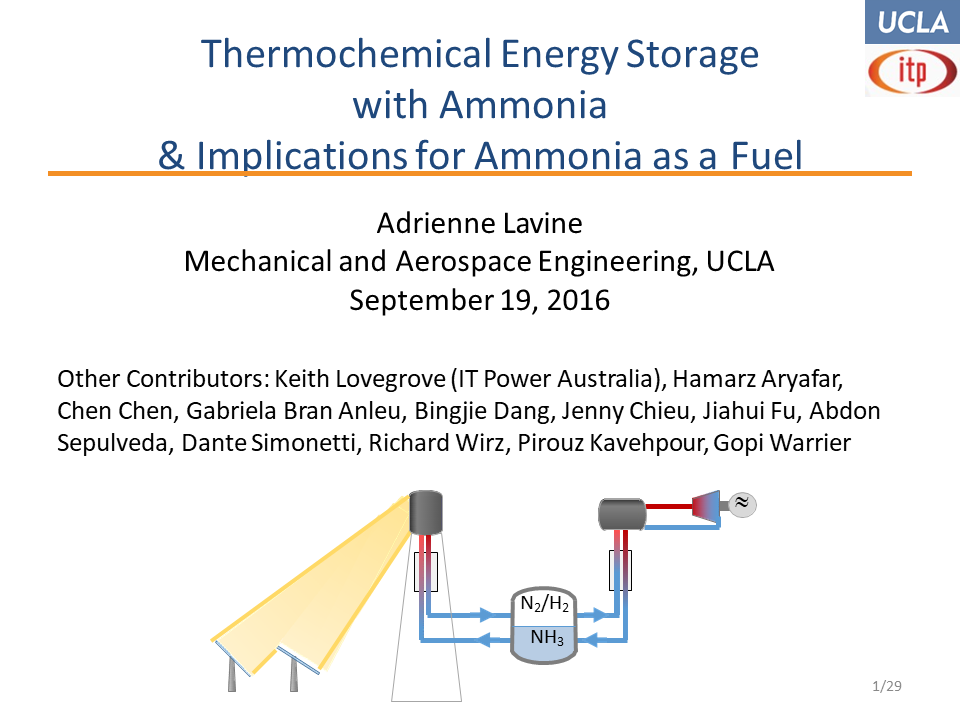Ceramatec Inc., in partnership with its partners, will develop a lower temperature and higher efficiency membrane process to synthesize ammonia for energy storage. Ammonia (NH3) is carbon-free, has a high energy density (>4 kW/l), which enables many hours of energy storage from large renewable power projects in small areas, and can be back converted to electricity using turbines or fuel cells at high efficiency. Ammonia synthesis is currently carried out in very large Haber-Bosch plants, mostly fueled from natural gas. The current large-scale Haber-Bosch (H-B) technology needs to run at constant inputs of energy and reactants. Moreover, ammonia is an…







